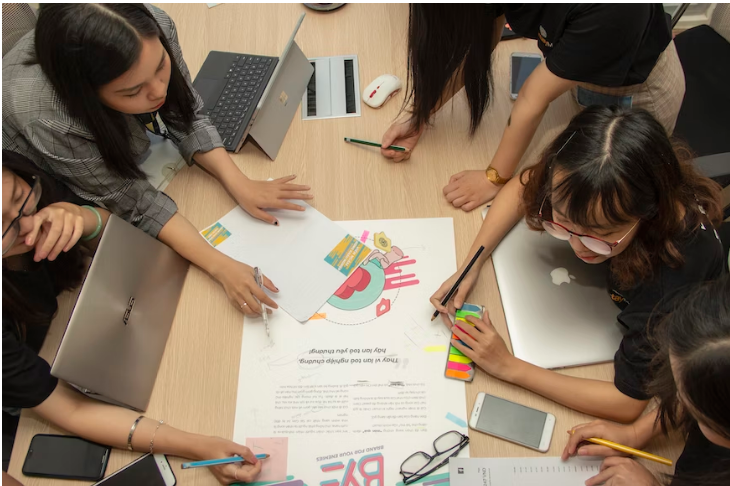
[What is Experiential Learning?]
Kolb (2001) proposes the experiential learning theory as one of the most important learning approach for different levels of learners. There are four learning steps, including experience, reflect, think and act. That is to say, a concrete experience demands reflection and personal thoughts about the experiences. And then abstract thinking process can reach conclusions of the meaning of the experience. These would lead to the decision to act and engage in what learners have learnt.
In the above video, we get to know that experiential learning is a very practical and useful approach for learners. It invites learners to learn through doing and experiencing. They are better able to connect theories and knowledge learned in the classroom to real-world situations. In addition, learners can take charge of their own learning conditions and development.
[How It Is Used in Learning Desgin Blueprint]
As I stated in the subtopic about AI in inclusive learning, experiential learning is quite conducive to it. In the discussion part, teachers guide students to think about effective ways for teachers when they get students’ learning data through AI. Teachers can cater to every student’s unique learning requirements and offer them customized educational experiences. For example, when teachers get to know students are interested in pop music, they can arouse their interests in learning through mixing with the pop background music in the embedded videos or visual pictures.
What’s more, AI can record student progress and uses that data to offer personalized feedback aimed at reducing cognitive overload. The use of AI is an important factor when attempting to create an inclusive learning environment that caters to each student’s unique needs and abilities. It is used to improve students’ learning experience, instead of reducing interaction in the class.
Reference
Kolb, D. A., Boyatzis, R. E., & Mainemelis, C. (2001). Experiential learning theory: Previous research and new directions.
First of all, I love the design and effort you put into this post; it looks extremely well-made, complete and organized. With that being said, there is barely anything (sounds better than nothing, but I mean nothing) that I could disagree with. The definition of the approach to alignment with our topic is explained in depth, with an added video to clarify your statements. I also mentioned experiential learning in my post, I mentioned that “experiential learning is learning through direct experience with the material; where the student does, connect, practice, and reflect during the experience.” From the looks of it, it seems that my beliefs do align with yours, which shows why I agree heavily with your explanation for experiential learning.
Hi Hazel! Thanks for your insights into Experiential Learning. I really like that you used some visual and video materials to supplement your post! It would be helpful if you could provide a definition of this teaching method and its strengths/weaknesses. It would be also helpful if you could add some practical examples of how each step of the Kolb learning model could be applied in a real-life classroom.